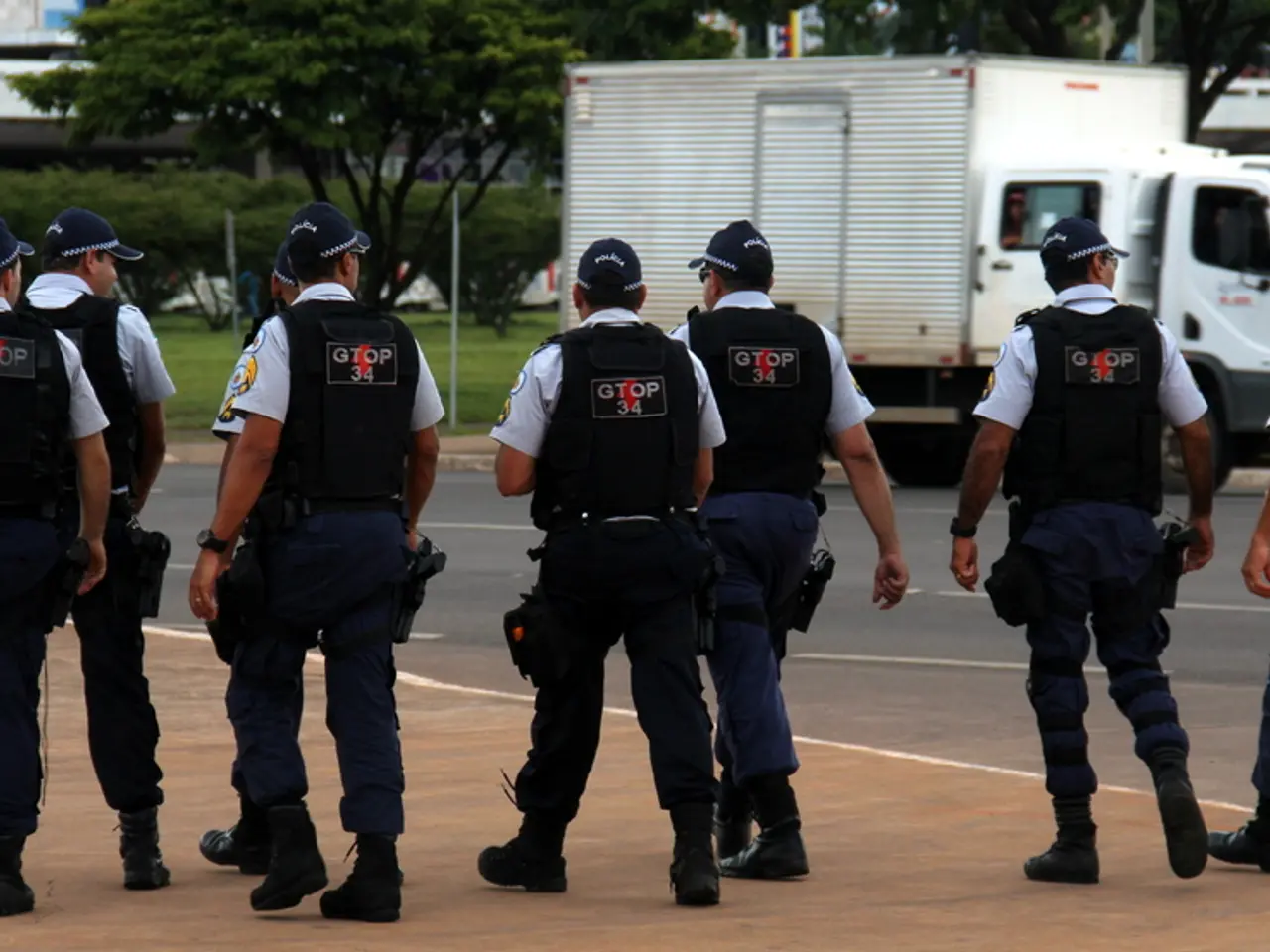Proof of Responsibility for a Pedestrian Collision Lawsuit
In the aftermath of a pedestrian accident in Houston, Texas, gathering evidence is crucial to establish liability under Texas law.
First and foremost, call 911 immediately to report the accident and request medical help. This ensures timely medical documentation linking injuries to the accident.
Preserving evidence at the scene is equally important. Take photographs of your injuries, the road conditions, traffic signs, vehicle positions, and any skid marks or signals relevant to the collision. Collecting the at-fault driver’s information, such as name, contact details, driver’s license, and insurance details, is essential.
Witness statements and contact information are vital as they may recall crucial details or have captured photos or videos of the accident. Obtaining the police crash report is also important as it provides an official record often including details about fault, driver actions, and road conditions.
Additional evidence includes video footage from traffic cameras near the accident scene, which can offer objective views of how the accident happened and driver behavior. Documentation of your medical treatment and expenses establishes your injuries and connects them to the accident.
To prove liability, Texas law requires demonstrating that the driver owed a duty of care, breached that duty by negligent driving (such as running red lights or unsafe lane changes), that this breach caused the accident, and that you suffered damages as a result. Gathering skid marks, photos of traffic control devices, diagrams or notes about vehicle positions and behaviors, and expert opinions can strengthen your claim.
Avoid admitting fault or speaking to insurance adjusters without legal advice, and refrain from posting about the accident on social media, as these can be used against you.
Hiring a pedestrian accident lawyer in Houston increases the chances of getting help and compensation. Houston, commonly known as Space City, is a city located in southeast Texas, United States. With many streets monitored by surveillance cameras, traffic cameras, or business security systems, video footage from these sources can provide real-time evidence of a pedestrian accident.
Personal items like clothes, shoes, or belongings thrown during the crash can provide context on the severity and direction of the crash. Medical documentation, such as hospital records and doctor notes, is crucial for proving how the accident caused injuries. Photos can also indicate if the driver had enough time to stop.
Filing a police report after a pedestrian accident is important, as it documents crucial details such as the time, date, location, injuries, property damage, statements from witnesses, and any traffic violations.
In summary, key steps for evidence collection in Houston pedestrian accident cases are:
- Call 911 immediately for police and medical help.
- Document the scene with photos/videos, including road, vehicles, injuries, and signage.
- Collect driver and witness information.
- Obtain police reports and seek traffic camera footage if available.
- Keep thorough medical records and expense documentation.
- Work with an attorney to properly preserve and present evidence to prove the driver’s negligence and your damages.
This approach ensures you have a comprehensive evidentiary basis to establish liability in a Houston pedestrian accident case under Texas law.
To prioritize one's well-being beyond this incident, consider focusing on health-and-wellness by incorporating fitness-and-exercise routines and maintaining a balanced nutrition plan to aid in recovery. Regular skin-care can help manage stress and avoid complications arising from the physical trauma.
Moreover, workplace-wellness programs can offer mental-health support services to address any lingering issues and improve one’s quality of life after the accident.
Lastly, fostering a strong network of support within family, friends, and peers will contribute significantly to rehabilitation and personal growth in the aftermath of the accident.





